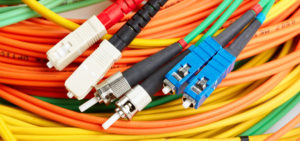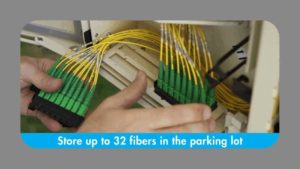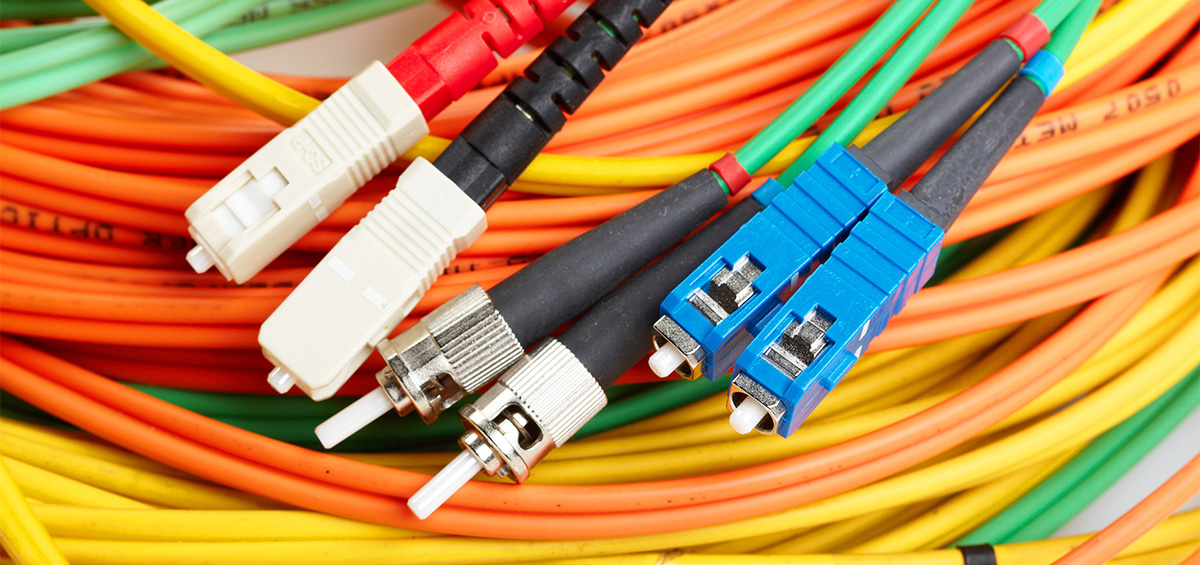UAE Dubai Data Cabling Installation for Etisalat and Du Services –0556789741-0567891082
Dubai Regulation of Data Cabling 
The UAE government regulates voice and data cabling installation at all new buildings. The government wants to ensure that qualified data cabling companies do the wiring installation. Thus, to get a trade license that permits data cabling installation, you need to obtain approval from TRA first. The data cabling companies also need to register with Etisalat and Du to apply for cabling NOC. UAE government regulation requires that data cabling in any new building comply with the wiring guidelines of Etisalat or Du. If the building cabling meets the wiring standards, tenants can easily subscribe to the telecom services of Etisalat / Du. Standards-based cabling also ensures delivery of high-quality telecom services to the subscribers. Therefore, the UAE government’s regulation of data cabling installation results in a win-win outcome for all parties.
How is Installation of Data Cabling Regulated In Dubai? 
The government controls the data cabling installation process in new buildings from start to finish. First of all, to get the construction permit, you need to submit cabling design drawings to municipal officers. These design drawings should be with the approval stamp of the telecom service provider of the area. Next, your cabling contractor has to obtain block wiring NOC from the telecom service provider. For this, the cabling contractor would need to submit shop drawings and details of all products to Etisalat / Du. Finally, when the installation is complete, the cabling contractor should call the service provider for an inspection. If the cabling installation complies with the standards, the service provider will issue a wiring completion NOC. This NOC is one of the required documents for getting the building completion certificate.
What are the Wiring Guidelines of Etisalat and Du?
Both Etisalat and Du have detailed wiring guidelines for different types of buildings. Both of them specify the implementation of GPON (Gigabit Passive Optical Network) cabling. GPON is an international network standard. It enables the delivery of different types of telecom services, like video, data, and voice, over a single fiber optic cable. GPON requires the installation of fiber optic cable from a central location to each unit (home/office/shop). GPON cabling design comprises of conventional FTTH (Fiber-to-the-home) wiring, with Cat 6, Cat 5, Cat 7, Cat 3 structured cabling inside each unit. However, Etisalat and Du also have some differences in their specifications for GPON implementation.
Etisalat’s Guidelines for Data Voice Cabling Installation 
Etisalat’s design guide specifies And Du FTTH the wiring architecture for various types of buildings. The guide also defines the size and acceptable locations for the Main Telecom Room (MTR), and cable containment. As per the Etisalat standard, every building or compound of villas should have the Main Telecom Room (MTR). Etisalat’s incoming multi-core fiber optic cable should terminate in the MTR. Every unit should have a cabling cabinet. These cabinets should be the central location connecting all the Cat.6 cabling outlets within that unit. A 2-core single-mode drop fiber cable should link the MTR to these indoor wiring cabinets. For high-rise buildings, there should be a telephone room with a fiber distribution cabinet every few floors. The choice of telephone room’s location is dependent on the number of units on each floor. The indoor cabinet of each unit should link to these floor telephone rooms by a 2-core drop fiber cable. Whereas, the MTR should connect to these floor telecom rooms through multi-core fiber optic cables. Fiber splitters installed in the MTR split the signal and distribute it over the drop fiber cables to each unit. Etisalat also specifies that all the fiber connector interfaces should be SC/APC. Further, it asks for mechanical splicing for joining the fiber cables to the connectors.
Data Cabling Installation Guidelines from Du 
Data cabling design guidelines of Du are similar to those of Etisalat. They have the same basic design, but, there are some significant technical differences. For example, Du Telecom specifies LC/APC interface for the connectors. Whereas, Etisalat asks for SC/APC interface. Du requires fusion splicing of the fiber cable with pigtails. However, Etisalat asks for the mechanical splicing of connectors. There are some other minor differences as regards the design of MTR and rack cabinet dimensions. Download Du Telecom’s Design Guide for Data Cabling in New Buildings


